Shipping hazardous materials (hazmat) from China to Morocco involves navigating a complex web of regulations, risks, and requirements. Hazardous materials are substances that can pose a significant threat to health, safety, property, and the environment during transport, making their proper handling and transportation crucial. Understanding the types of hazmat commonly shipped, the international regulations governing their transport, and the challenges faced in the shipping process is essential for any business engaged in this industry. This guide delves into the intricacies of hazmat freight shipping, outlining the role of specialized freight forwarders, key steps in the forwarding process, and best practices for shippers to ensure safe and compliant transport.
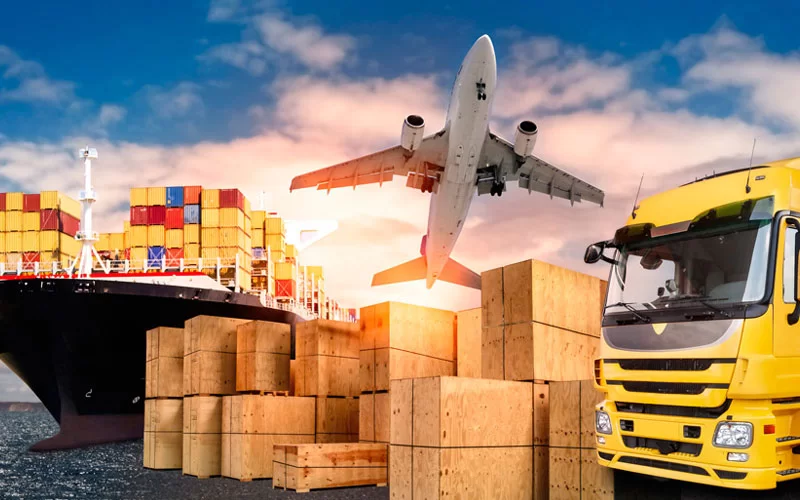
Understanding Hazmat Freight Shipping from China to Morocco
Hazardous materials (hazmat) are substances that pose a risk to health, safety, property, or the environment during their transportation. These materials can be solid, liquid, or gas and can be flammable, corrosive, reactive, or toxic. The classification of hazardous materials follows the guidelines set by organizations such as the United Nations (UN) and various international regulatory bodies. Proper identification and classification of hazmat are essential for safe and compliant shipping practices.
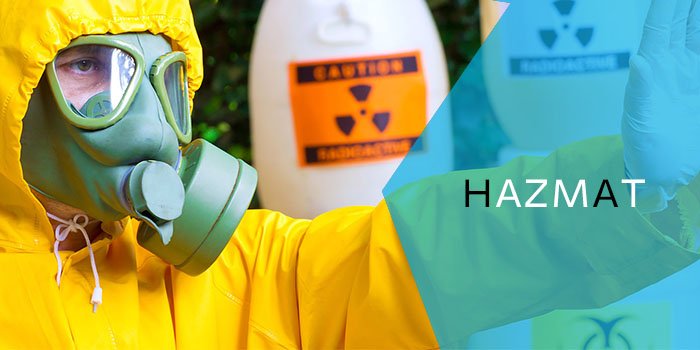
Common Types of Hazmat Goods Shipped from China to Morocco
A variety of hazardous materials are frequently shipped from China to Morocco, including:
| Type | Examples | Characteristics |
|---|---|---|
| Flammable Liquids | Paints, solvents | Highly volatile and can ignite easily |
| Toxic Substances | Pesticides, chemicals | Can cause serious health risks |
| Corrosive Materials | Battery acid, strong cleaners | Can cause severe damage to living tissue and materials |
| Compressed Gases | Propane, oxygen | Under high pressure, can pose explosion risks |
| Radioactive Materials | Certain medical supplies | Emit harmful radiation |
Shipping these types of goods requires adherence to strict guidelines to ensure safety and compliance with international transport regulations.
International Regulations Governing Hazmat Transportation
The transportation of hazardous materials is governed by various international regulations, which aim to mitigate risks associated with their transport. Key frameworks include:
- The International Maritime Dangerous Goods (IMDG) Code: This code governs the shipment of hazardous materials via sea and provides guidelines on packaging, labeling, and documentation.
- The United Nations Recommendations on the Transport of Dangerous Goods: This set of guidelines outlines the classification and identification of hazmat, as well as safety measures during transport.
- The European Agreement Concerning the International Carriage of Dangerous Goods by Road (ADR): This agreement sets standards for the transport of hazardous materials by road within Europe, impacting shipments to Moroccan inland destinations.
Compliance with these regulations is critical for ensuring the safe transport of hazardous materials and avoiding legal ramifications.
READ MORE:
- Shipping From China to the United States
- Shipping From China TO Canada
- Shipping From China TO Mexico
- Shipping From China to Panama
- Shipping From China to Costa Rica
- Shipping From China to Brazil
- Shipping From China TO Colombia
- Shipping From China to Jamaica
- Shipping From China to Venezuela
Challenges in Hazmat Shipping from China to Morocco
Strict Regulatory Compliance
One of the primary challenges in hazmat shipping is the stringent regulatory compliance associated with the transport of dangerous goods. Shippers must ensure adherence to both Chinese export regulations and Moroccan import laws, which can vary significantly. Non-compliance can result in severe penalties, including fines and shipment delays.
Documentation Requirements
Shipping hazmat goods requires meticulous attention to documentation. Essential documents typically include:
- Material Safety Data Sheets (MSDS): Provides detailed information about the substance’s hazards and safe handling practices.
- Shipping papers: Clear identification of the hazardous materials being transported, including their classification.
- Customs declarations: Proper forms must be submitted to comply with both exporting and importing regulations.
Failure to provide the correct documentation can lead to shipment holds or rejections at customs.
Packaging and Labeling Standards
Hazmat goods must be packaged according to specific packaging and labeling standards established by international regulations. This ensures that the materials are secure during transit and that handlers are aware of the risks. Key considerations include:
- Durability and integrity: Packaging must withstand various transport conditions without leakage or contamination.
- Proper labeling: Labels must clearly indicate the nature of the hazard (e.g., flammable, toxic) and include UN numbers when applicable.
Adherence to these standards is crucial for maintaining safety throughout the shipping process.
Route Planning and Mode Selection
Effective route planning and mode selection are essential in hazmat transportation. Selecting the appropriate transportation mode (ocean freight, air freight, or land transport) depends on various factors, including the nature of the hazardous materials, urgency, and cost considerations.
Choosing the safest route is paramount, as certain areas may have restrictions or pose greater risks. A comprehensive risk assessment can aid in identifying the best routes to ensure timely and compliant delivery to Morocco.
In navigating the complexities of hazmat shipping from China to Morocco, partnering with an experienced logistics provider can greatly enhance compliance and mitigate risks. Dantful International Logistics offers expert guidance and customized solutions for hazardous material shipping, ensuring safe and efficient transportation tailored to your specific needs. For a dependable partner in your hazmat shipping endeavors, consider Dantful for their highly professional, cost-effective, and high-quality one-stop international logistics services.
You may be interested in the following related articles:
- The Ultimate Guide to Hazmat Freight Forwarder from China to Guatemala
- The Ultimate Guide to Choosing a Hazmat Freight Forwarder from China to Nicaragua
- The Ultimate Guide to Choosing a Hazmat Freight Forwarder from China to Albania
- Freight Forwarder from China to Kuwait: What You Need to Know
- The Ultimate Guide to Choosing a Hazmat Freight Forwarder from China to Mauritania
- The Ultimate Guide to Choosing a Hazmat Freight Forwarder from China to Netherlands
Role of Specialized Hazmat Freight Forwarders
Expertise in Hazmat Regulations
Specialized hazmat freight forwarders possess in-depth knowledge of the numerous regulations that govern the transport of hazardous materials. They stay updated on both local and international guidelines, ensuring that shipments comply with safety standards and legal requirements. This expertise is crucial, as the consequences of non-compliance can lead to delays, fines, or even legal action. By leveraging this knowledge, companies can avoid pitfalls and streamline their shipping processes, ultimately safeguarding their operations and reputation.
Risk Assessment and Mitigation
A significant aspect of hazmat freight forwarding is conducting comprehensive risk assessments. Specialized forwarders evaluate potential hazards associated with the shipping process, including the nature of the materials, transportation routes, and external environmental factors. They develop tailored risk mitigation strategies that include contingency plans for emergencies and appropriate handling procedures. This proactive approach minimizes risks during transit and enhances overall safety.
Proper Documentation Handling
Handling documentation for hazmat shipping requires meticulous attention to detail. Specialized freight forwarders ensure that all necessary documentation is correctly prepared, including:
- Dangerous goods declarations: Detailing the nature of the hazards involved.
- Material Safety Data Sheets (MSDS): Offering information on safe handling.
- Customs paperwork: Ensuring compliance with both exporting and importing country regulations.
Efficient documentation management minimizes delays and avoids complications during customs clearance, resulting in smoother transit.
Coordination with Carriers and Customs Authorities
Effective coordination between various stakeholders is vital in hazmat transport. Specialized freight forwarders facilitate communication between carriers and customs authorities, ensuring that all parties are informed and aligned with the shipping plan. They manage logistics to prevent any miscommunication that could lead to delays or compliance issues. This level of coordination is essential for maintaining the integrity of the shipping process and ensuring timely delivery.
Advantages of Dantful in Hazmat Freight Forwarding Services
Dantful International Logistics stands out as a premier choice for hazmat freight forwarding services. With extensive expertise in regulatory compliance, Dantful ensures every shipment adheres to the necessary guidelines. The company prioritizes risk assessment and employs innovative mitigation strategies to secure hazardous materials in transit. Dantful also excels in documentation management, simplifying the complex paperwork associated with hazmat shipping. By coordinating seamlessly with carriers and customs authorities, Dantful minimizes delays and enhances communication.
Dantful International Logistics Services:
- Dantful Ocean Freight Services
- Air Freight From China
- Amazon FBA Freight Forwarding
- WAREHOUSE Services
- One-Stop Customs Clearance Solution
- Cargo Insurance Services in China
- DDP Shipping Services By Dantful Logistics
- Out of Gauge Cargo Transportation Shipping Services
Key Steps in Hazmat Freight Forwarding Process
Classification and Identification of Hazardous Materials
The first step in the hazmat freight forwarding process is the classification and identification of hazardous materials. This involves determining the exact nature of the materials being shipped and categorizing them according to established guidelines. Proper classification is crucial, as it dictates the regulations that apply and informs safe handling practices. Freight forwarders utilize various resources, including the UN’s classification system, to accurately identify hazards and determine shipping requirements.
Selecting Appropriate Packaging and Containment
Choosing the correct packaging and containment methods is vital for ensuring the safety of hazardous materials during transit. Packaging must be sturdy and designed to withstand various transport conditions without leaking or breaking. Specialized freight forwarders consult regulatory guidelines to select packaging that meets the required standards for different types of hazmat. They also focus on containment features that prevent contamination and potential exposure.
Preparing Required Documentation
Preparing the necessary documentation is a critical step in the hazmat shipping process. This includes compiling all essential papers, such as:
- Dangerous goods declarations
- Material Safety Data Sheets (MSDS)
- Shipping instructions
- Customs forms
Specialized freight forwarders play a pivotal role in ensuring all documentation is accurate and complete to facilitate smooth customs clearance and compliance with regulations.
Choosing Suitable Transportation Modes
Selecting the most appropriate transportation mode for hazmat shipping is key to balancing safety, speed, and cost. Freight forwarders evaluate various options, including air freight, sea freight, and road transport, based on the specific needs of the shipment. The choice of transport mode can impact transit times, costs, and risks associated with the shipment. Specialized freight forwarders use their expertise to recommend the best options to clients.
Customs Clearance Procedures
Navigating customs clearance procedures is often one of the more complex aspects of hazmat shipping. Specialized freight forwarders ensure that all customs requirements are met, including the submission of accurate documentation and payment of necessary duties and taxes. They work closely with customs authorities to expedite the clearance process, minimizing potential delays at borders. Their expertise in customs regulations helps ensure compliance and smooth transit across international borders.
Dantful International Logistics offers comprehensive hazmat freight forwarding services that navigate these critical steps with precision, ensuring compliance and safety throughout the shipping process. Partnering with Dantful allows businesses to leverage their expertise and experience, streamlining operations and enhancing the secure transport of hazardous materials.
Technology in Hazmat Freight Forwarding
Tracking and Monitoring Systems
Tracking and monitoring systems play a crucial role in hazmat freight forwarding, enhancing both security and compliance. These systems utilize GPS technology and Internet of Things (IoT) devices to provide real-time updates on the location and condition of shipments.
Benefits of tracking and monitoring systems include:
- Enhanced Visibility: Shippers can gain insights into the status of their hazardous materials during transit, allowing for proactive decision-making and timely interventions if issues arise.
- Improved Security: Monitoring systems can detect unauthorized access or tampering with shipments, ensuring that hazardous materials are protected throughout the transport process.
- Data Analytics: Advanced analytics can identify trends and potential risks, enabling shippers to optimize routes and improve future logistical planning.
Digital Documentation and E-Filing
The use of digital documentation and e-filing has revolutionized the hazmat shipping process, making it more efficient and reducing the risk of errors associated with traditional paper documentation. Key advantages of digital documentation include:
- Streamlined Processes: Digital platforms allow for quicker preparation, submission, and retrieval of necessary documents such as Material Safety Data Sheets (MSDS) and customs declarations.
- Enhanced Accuracy: Automated systems can minimize human errors, ensuring that all necessary information is correctly recorded and submitted to authorities.
- Accessibility: Digital documents can be accessed from anywhere, facilitating timely communication and collaboration among shippers, freight forwarders, and customs officials.
Safety and Environmental Monitoring Systems
Safety and environmental monitoring systems are essential components of hazmat freight forwarding, ensuring compliance with safety standards and protecting both the environment and public health. These systems monitor various factors, including:
- Temperature and Humidity: Certain hazardous materials require specific temperature and humidity conditions during transport to remain stable. Monitoring systems ensure these conditions are maintained throughout the journey.
- Leak Detection: Advanced sensors can detect leaks or spills in real-time, allowing for immediate action to mitigate potential hazards and environmental damage.
- Regulatory Compliance: These systems help organizations comply with environmental regulations by providing data and reports on the handling and transport of hazardous materials.
You may be interested in the following related articles:
- The Ultimate Guide to Finding the Best Freight Forwarder from China to France
- Ultimate Guide to Sea Freight from China to South Africa: Costs, Routes, and Best Practices
- How to Choose the Best Shipping Agent from China to Canada
- The Ultimate Guide to Hazmat Freight Forwarder from China to Guatemala
- The Ultimate Guide to Choosing a Hazmat Freight Forwarder from China to the UK
- Ultimate Guide to Find the Cheapest Shipping Companies from China to Argentina
Best Practices for Shippers
Proper Declaration of Goods
Accurate and complete declaration of goods is fundamental in the hazmat shipping process. Shippers must ensure that all hazardous materials are properly identified and classified according to international standards. This includes:
- Using correct UN numbers: Each hazardous material is assigned a unique UN number that indicates its classification.
- Providing detailed descriptions: Accurate descriptions of the materials, including their properties and potential hazards, are essential for complying with regulations and ensuring safe handling.
A proper declaration minimizes the risk of customs delays and enhances overall safety during transport.
Adherence to Packaging Guidelines
Shippers must strictly follow packaging guidelines for hazardous materials to ensure safety during transit. Key aspects of adherence to packaging guidelines include:
- Selecting appropriate packaging materials: Packaging must be designed to withstand transport conditions and contain potential leaks or spills.
- Labeling and marking: All packages must include the correct hazard labels and markings to inform handlers of the risks associated with the contents.
- Testing and certification: Packaging should meet the standards set by regulatory bodies, and shippers should maintain records of compliance.
This diligence in packaging reduces the likelihood of accidents and legal challenges.
Timely Communication with Freight Forwarders
Effective and timely communication with freight forwarders is critical for ensuring a smooth shipping process for hazardous materials. Shippers should:
- Provide updates on shipments: Keeping freight forwarders informed of any changes or issues can help address potential challenges proactively.
- Clarify shipping requirements: Clearly communicating the specifics of the hazmat shipment, including any special handling instructions, is essential for compliance and safety.
- Engage in regular check-ins: Maintaining ongoing communication fosters collaboration and allows for quick resolution of any questions or concerns that may arise during transit.
By following these best practices, shippers can enhance the safety and efficiency of their hazmat shipping processes, ensuring compliance and minimizing risks associated with hazardous materials transportation.
Dantful International Logistics offers tailored solutions for hazmat freight forwarding, incorporating technology and best practices to enhance safety, compliance, and efficiency. From expert guidance on documentation to cutting-edge tracking systems, Dantful is committed to providing a reliable, cost-effective service for shippers navigating the complexities of hazardous materials transportation. By choosing Dantful, shippers can ensure that their hazmat shipments are managed by experienced professionals dedicated to excellence in logistics.
FAQs
- What are hazardous materials (hazmat)?
- Hazardous materials are substances that pose risks to health, safety, property, or the environment during transportation. They can be classified as flammable, corrosive, reactive, or toxic.
- What types of hazmat are commonly shipped from China to Morocco?
- Common hazmat types include flammable liquids (e.g., paints, solvents), toxic substances (e.g., pesticides), corrosive materials (e.g., battery acid), compressed gases (e.g., propane), and radioactive materials.
- What international regulations govern the shipping of hazmat?
- Key regulations include the International Maritime Dangerous Goods (IMDG) Code, the UN Recommendations on the Transport of Dangerous Goods, and the European Agreement Concerning the International Carriage of Dangerous Goods by Road (ADR).
- What are the main challenges in hazmat shipping?
- Challenges include strict regulatory compliance, extensive documentation requirements, adherence to packaging and labeling standards, and careful route planning and mode selection.
- Why is documentation important in hazmat shipping?
- Proper documentation, including Material Safety Data Sheets (MSDS) and dangerous goods declarations, is essential for compliance with regulations and facilitates smoother customs clearance.
- How do specialized hazmat freight forwarders help in the shipping process?
- They provide expertise in hazmat regulations, conduct risk assessments, handle documentation, coordinate with carriers and customs authorities, and develop tailored shipping strategies.
- What best practices should shippers follow for hazmat shipping?
- Best practices include proper declaration of goods, adherence to packaging guidelines, and maintaining timely communication with freight forwarders.
- How does technology aid in hazmat freight forwarding?
- Technology enhances tracking and monitoring of shipments, provides digital documentation for efficiency, and implements safety and environmental monitoring systems to ensure compliance.

Young Chiu is a seasoned logistics expert with over 15 years of experience in international freight forwarding and supply chain management. As CEO of Dantful International Logistics, Young is dedicated to providing valuable insights and practical advice to businesses navigating the complexities of global shipping.
The other language versions of this article
- الدليل الشامل لشركة شحن المواد الخطرة من الصين إلى المغرب
- De ultieme gids voor Hazmat Freight Forwarder van China naar Marokko
- Le guide ultime du transitaire de matières dangereuses de la Chine vers le Maroc
- Der ultimative Leitfaden für den Gefahrguttransport von China nach Marokko
- La guida definitiva allo spedizioniere di merci pericolose dalla Cina al Marocco
- La guía definitiva para el transporte de materiales peligrosos desde China a Marruecos
- O guia definitivo para o despachante de cargas Hazmat da China para o Marrocos
- Полное руководство по экспедированию опасных грузов из Китая в Марокко
- Çin’den Fas’a Tehlikeli Madde Taşımacılığı İçin Nihai Kılavuz



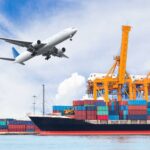
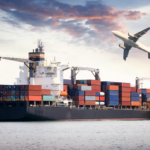
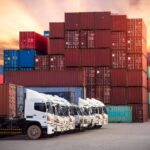

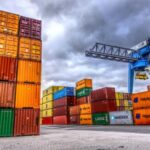



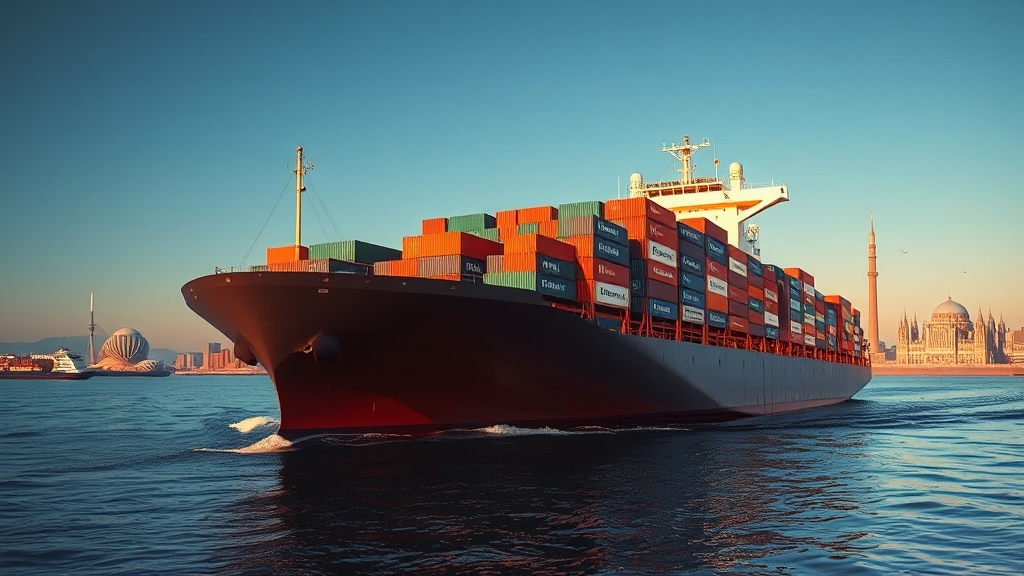
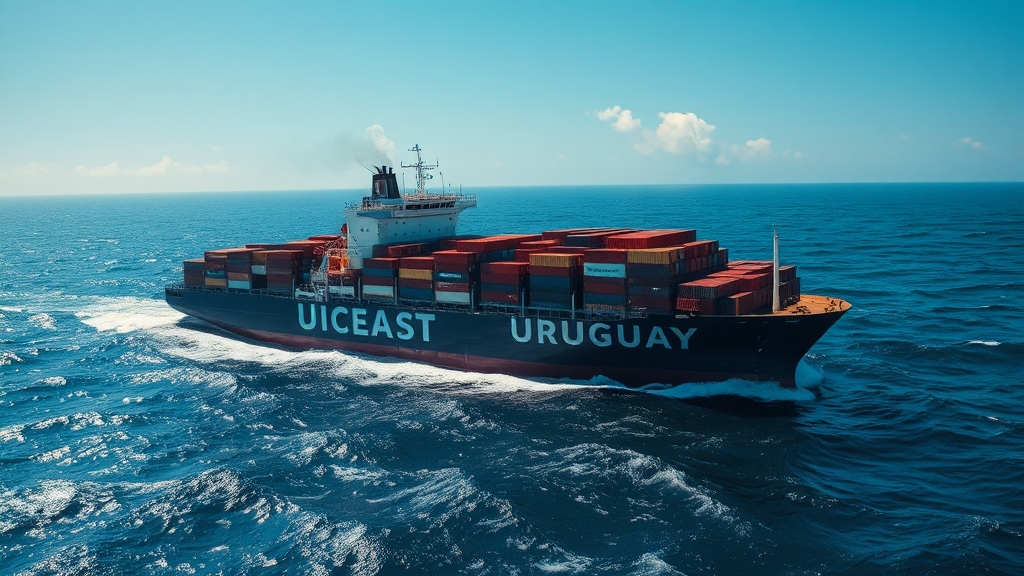
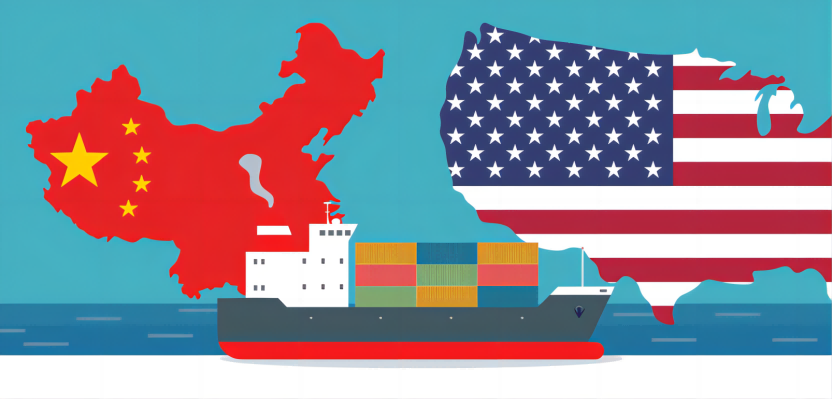
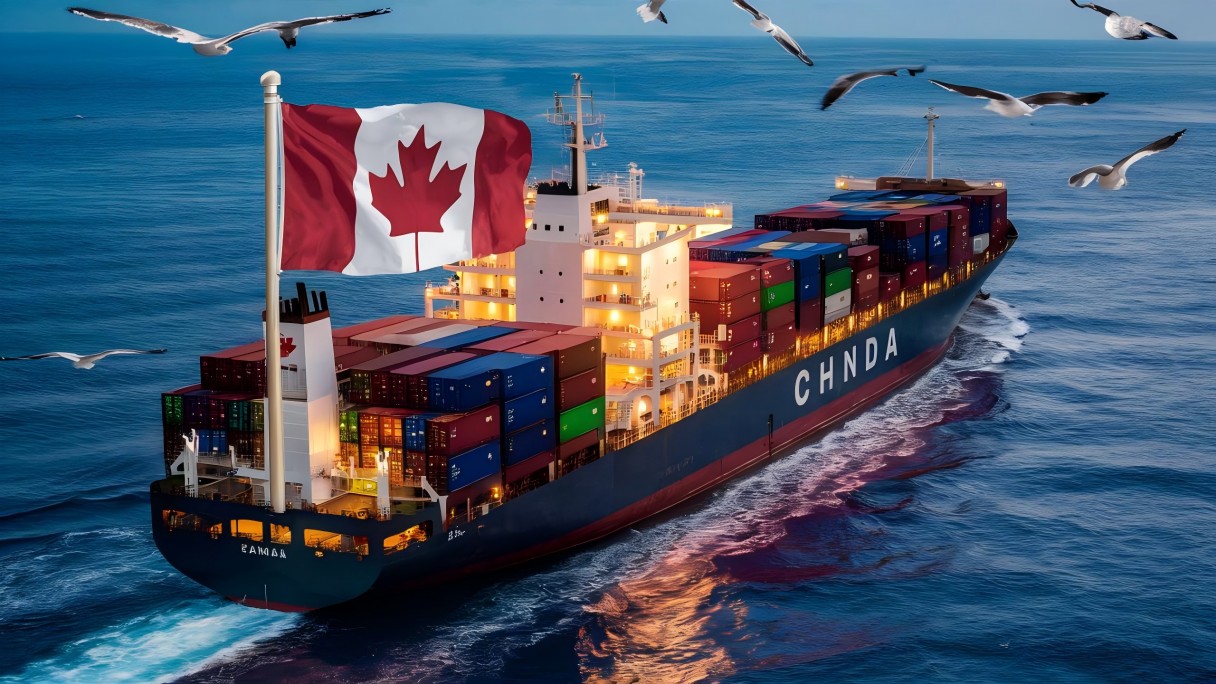
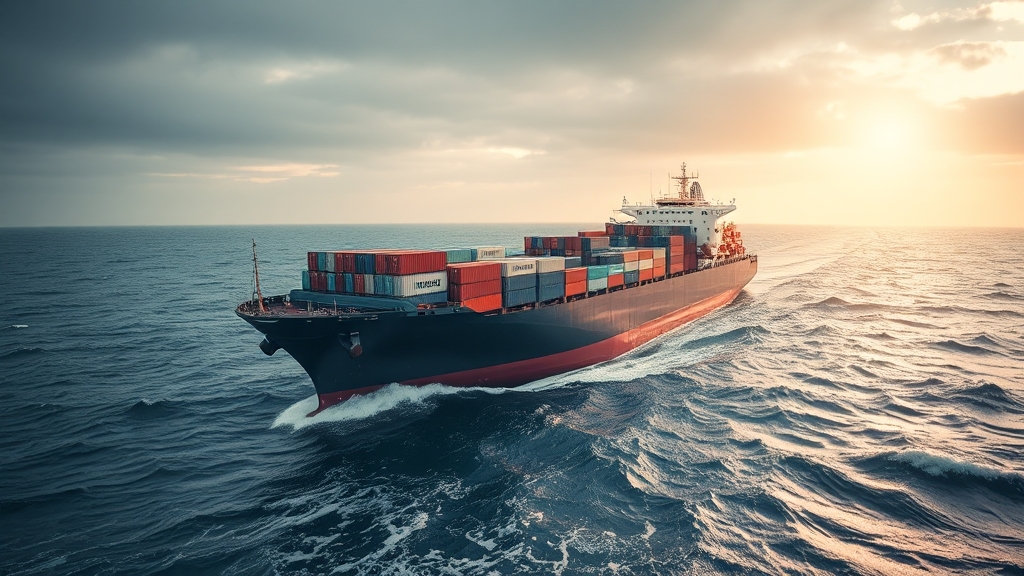





 Afrikaans
Afrikaans Shqip
Shqip አማርኛ
አማርኛ العربية
العربية Հայերեն
Հայերեն Azərbaycan dili
Azərbaycan dili Euskara
Euskara Беларуская мова
Беларуская мова বাংলা
বাংলা Bosanski
Bosanski Български
Български Català
Català Cebuano
Cebuano Chichewa
Chichewa 简体中文
简体中文 繁體中文
繁體中文 Corsu
Corsu Hrvatski
Hrvatski Čeština
Čeština Dansk
Dansk Nederlands
Nederlands English
English Esperanto
Esperanto Eesti
Eesti Filipino
Filipino Suomi
Suomi Français
Français Galego
Galego ქართული
ქართული Deutsch
Deutsch Ελληνικά
Ελληνικά Kreyol ayisyen
Kreyol ayisyen Harshen Hausa
Harshen Hausa Ōlelo Hawaiʻi
Ōlelo Hawaiʻi עִבְרִית
עִבְרִית हिन्दी
हिन्दी Hmong
Hmong Magyar
Magyar Íslenska
Íslenska Igbo
Igbo Bahasa Indonesia
Bahasa Indonesia Gaeilge
Gaeilge Italiano
Italiano 日本語
日本語 Basa Jawa
Basa Jawa ಕನ್ನಡ
ಕನ್ನಡ Қазақ тілі
Қазақ тілі ភាសាខ្មែរ
ភាសាខ្មែរ 한국어
한국어 كوردی
كوردی Кыргызча
Кыргызча ພາສາລາວ
ພາສາລາວ Latin
Latin Latviešu valoda
Latviešu valoda Lietuvių kalba
Lietuvių kalba Lëtzebuergesch
Lëtzebuergesch Македонски јазик
Македонски јазик Malagasy
Malagasy Bahasa Melayu
Bahasa Melayu മലയാളം
മലയാളം Maltese
Maltese Te Reo Māori
Te Reo Māori मराठी
मराठी Монгол
Монгол ဗမာစာ
ဗမာစာ नेपाली
नेपाली Norsk bokmål
Norsk bokmål پښتو
پښتو فارسی
فارسی Polski
Polski Português
Português ਪੰਜਾਬੀ
ਪੰਜਾਬੀ Română
Română Русский
Русский Samoan
Samoan Gàidhlig
Gàidhlig Српски језик
Српски језик Sesotho
Sesotho Shona
Shona سنڌي
سنڌي සිංහල
සිංහල Slovenčina
Slovenčina Slovenščina
Slovenščina Afsoomaali
Afsoomaali Español
Español Basa Sunda
Basa Sunda Kiswahili
Kiswahili Svenska
Svenska Тоҷикӣ
Тоҷикӣ தமிழ்
தமிழ் తెలుగు
తెలుగు ไทย
ไทย Türkçe
Türkçe Українська
Українська اردو
اردو O‘zbekcha
O‘zbekcha Tiếng Việt
Tiếng Việt Cymraeg
Cymraeg יידיש
יידיש Yorùbá
Yorùbá Zulu
Zulu